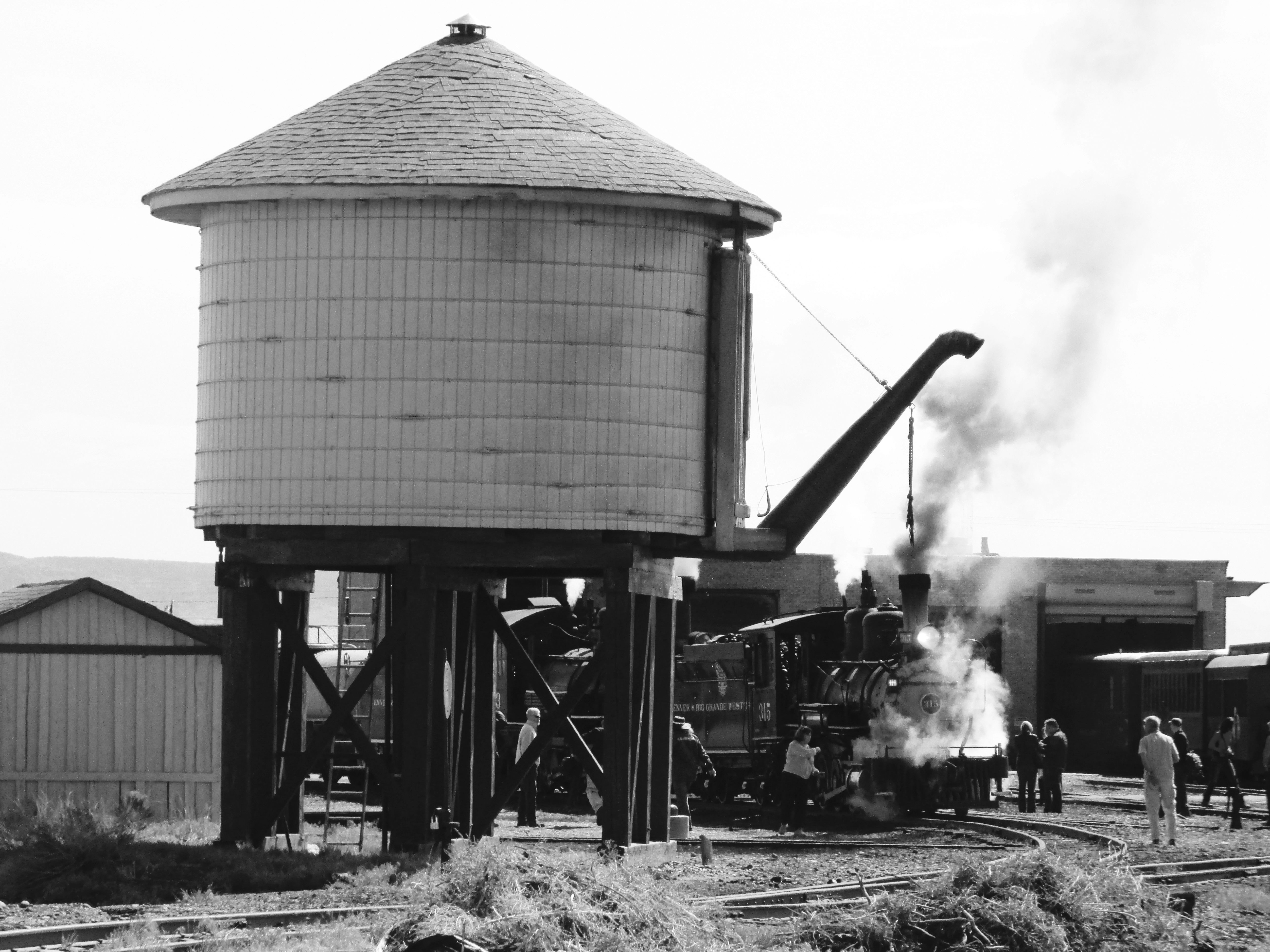C&TS tops two-state USA Today poll

ANTONITO — Now a National Historic Landmark, the Cumbres & Toltec Scenic (C&TS) Railroad almost fell prey to the ravages of time; today, it’s a popular attraction voted a favorite in the two states that own and operate it.
On June 9, the railroad was voted a top attraction in both Colorado and New Mexico in USA Today’s 10 Best Awards. Readers from around the country were invited to vote.
Last year, readers voted the C&TS the nation’s most scenic railroad; this year, readers in both states gave it the nod.
The C&TS is considered a lesson in railroading, geology, history, botany and wildlife.
It was built in just one year, 1880, with crews making amazing rock cuts and building high trestles through some of Colorado and New Mexico’s most amazing scenery — some of it accessible only by train.
The decline of silver in the 1890s ended the railroad’s vital role and in 1969 the railroad filed for abandonment.
However, the most scenic part of its route, along with the equipment and buildings was saved by the states of Colorado and New Mexico in 1970.
The narrow gauge tracks hadn’t been upgraded since the 1920s and the Rio Grande Railroad was given permission to tear up the track, yet the public ran with the recovery ball and efforts of many groups drew the two states together to purchase the remaining rolling stock and tracks.
The two states jointly purchased the track and line-side structures from Antonito to Chama, N.M. nine steam locomotives, more than 130 freight and work cars and the Chama yard and maintenance facility, for $547,120.
The C&TS began hauling tourists in 1971. Today, the railroad is operated for the states by the Cumbres & Toltec Scenic Railroad Commission, and under the terms of an interstate agency compact authorized by an act of Congress in 1974. There are four members on the Commission, two from each state.
Care of the historic assets, and interpretation of the railroad is entrusted to the Friends of the Cumbres & Toltec Scenic Railroad, a non-profit, member-based organization whose mission is to preserve and interpret the railroad as a living history museum for the benefit of the public, and for the people of Colorado and New Mexico, who own it.
The route follows a rail bed first built in the 1880s so trains could serve the rich silver mines in the San Juan Mountains, then the “silver bust” hit and the trains went dormant.
It’s an unforgettable 64-mile day trip as a coal-fired steam engine carries passengers through steep mountain canyons, high desert and lush meadows, zig-zagging 11 times across the Colorado and New Mexico border.
The C&TS is the highest, longest and most authentic steam railroad in America, running through tunnels, above timberline, through gorges and over trestles, snaking its way through some of the most scenic and remote landscapes, past tens of thousands of aspen trees, climbing from 7,888 feet in Antonito to the top of scenic Cumbres Pass at 10,015 feet.
Railroad rolling stock and scenery along the route have appeared in almost two dozen Hollywood films, including Willie Nelson's made for TV film, "Where The Hell's That Gold," which featured numerous Valley residents as extras.
Other films include, "Butch Cassidy & the Sundance Kid," "Indiana Jones," "The Shootout," starring Gregory Peck, "Wyatt Earp," with Kevin Costner, "Missouri Breaks," with Marlon Brando and Jack Nicholson and "Bite the Bullet," with Gene Hackman and James Colburn and, most recently, "A Million Ways to Die in the West,"with Seth McFarland.
Daily rides are offered out of both Antonito and Chama, as well as a number of special departures, including dinner trains, a geology train and children's rides.



